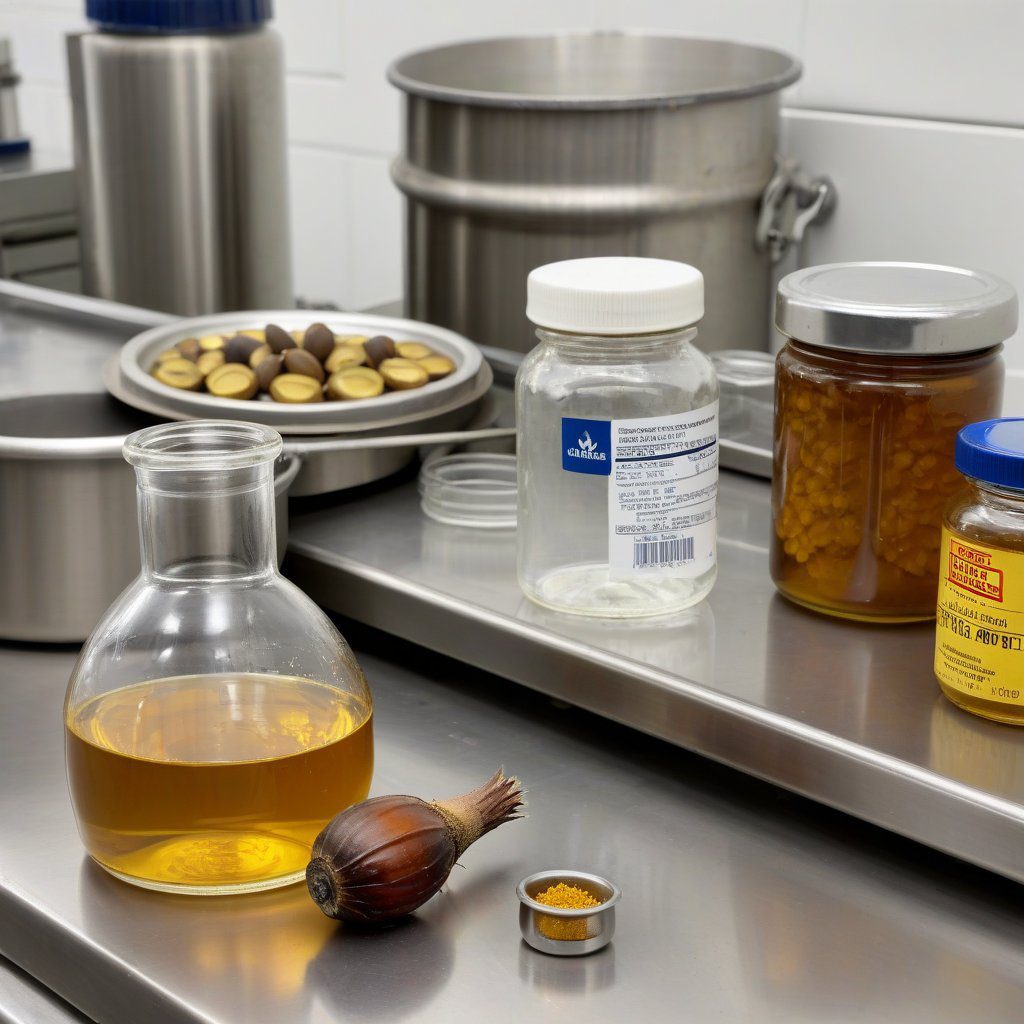Understanding Propylene Glycol
Propylene Glycol, or 1,2-propanediol, is a synthetic organic compound widely used in various industries, including pharmaceuticals, food, and cosmetics. It is recognized for its low toxicity and ability to retain moisture, making it a preferred ingredient in many formulations. The growing demand for USP-grade Propylene Glycol in the U.S. market underscores the importance of understanding the export requirements associated with this versatile chemical.
Regulatory Compliance for Export
Exporting USP-Grade Propylene Glycol to the United States necessitates strict adherence to regulatory compliance standards. Suppliers must ensure that their product meets the specifications set forth by the U.S. Food and Drug Administration (FDA) and the Environmental Protection Agency (EPA). Compliance with these regulations is crucial to avoid legal complications and ensure safe use in various applications.
Documentation for Exporting Propylene Glycol
Proper documentation is essential when exporting Propylene Glycol. Exporters are required to provide a Certificate of Analysis (CoA) that verifies the quality and purity of the product. Additionally, a Material Safety Data Sheet (MSDS) must accompany the shipment to inform end-users of the chemical’s properties and safety precautions. These documents play a vital role in facilitating a smooth customs clearance process.
Quality Assurance Standards
Quality assurance is a fundamental aspect of exporting USP-grade Propylene Glycol. Suppliers like DIPLOMATA implement rigorous quality control measures to ensure that their product consistently meets industry standards. Regular testing and audits of production processes are conducted to maintain high quality, further reinforcing the reliability of the supplier in the international market.
Labeling Requirements for Export
Labeling is another critical factor in Propylene Glycol export requirements. Labels must include important information such as the product name, concentration, batch number, and safety warnings. Compliance with U.S. labeling regulations ensures that the product can be safely handled and used by consumers, thereby minimizing the risk of misuse or accidents.
Customs Clearance Process
The customs clearance process for Propylene Glycol exports can be complex. Exporters must ensure that all necessary documentation is correctly completed and submitted to avoid delays. It is advisable to work with customs brokers who are well-versed in the specific requirements for chemical exports to navigate this process efficiently.
Shipping and Transportation Considerations
When exporting USP-grade Propylene Glycol, the choice of shipping method is crucial. Depending on the volume and destination, exporters may choose between air freight and ocean freight. Each option has its advantages, and care must be taken to select the most reliable shipping partners to ensure that the product arrives safely and on time, maintaining its integrity throughout the transportation process.
Understanding Tariffs and Duties
Exporters must also be aware of any tariffs and duties applicable to Propylene Glycol shipments. These costs can significantly impact pricing and profitability. Staying informed about current trade agreements and tariff regulations can help exporters make strategic decisions that enhance their competitive edge in the U.S. market.
Market Analysis and Demand Trends
Conducting thorough market analysis is vital for exporters of Propylene Glycol. Understanding current demand trends, consumer preferences, and potential market challenges can help suppliers position themselves effectively in the marketplace. This knowledge allows exporters to tailor their strategies to better meet customer needs and capitalize on emerging opportunities.


